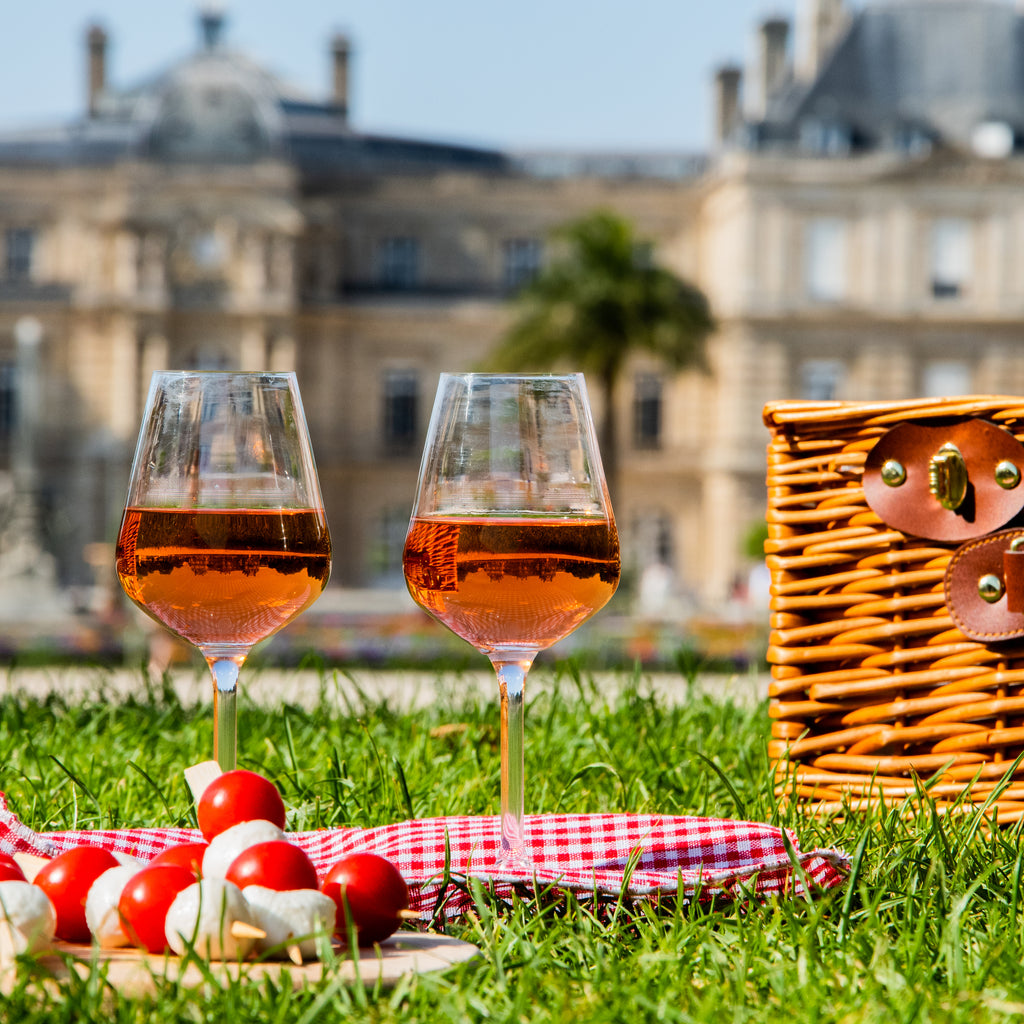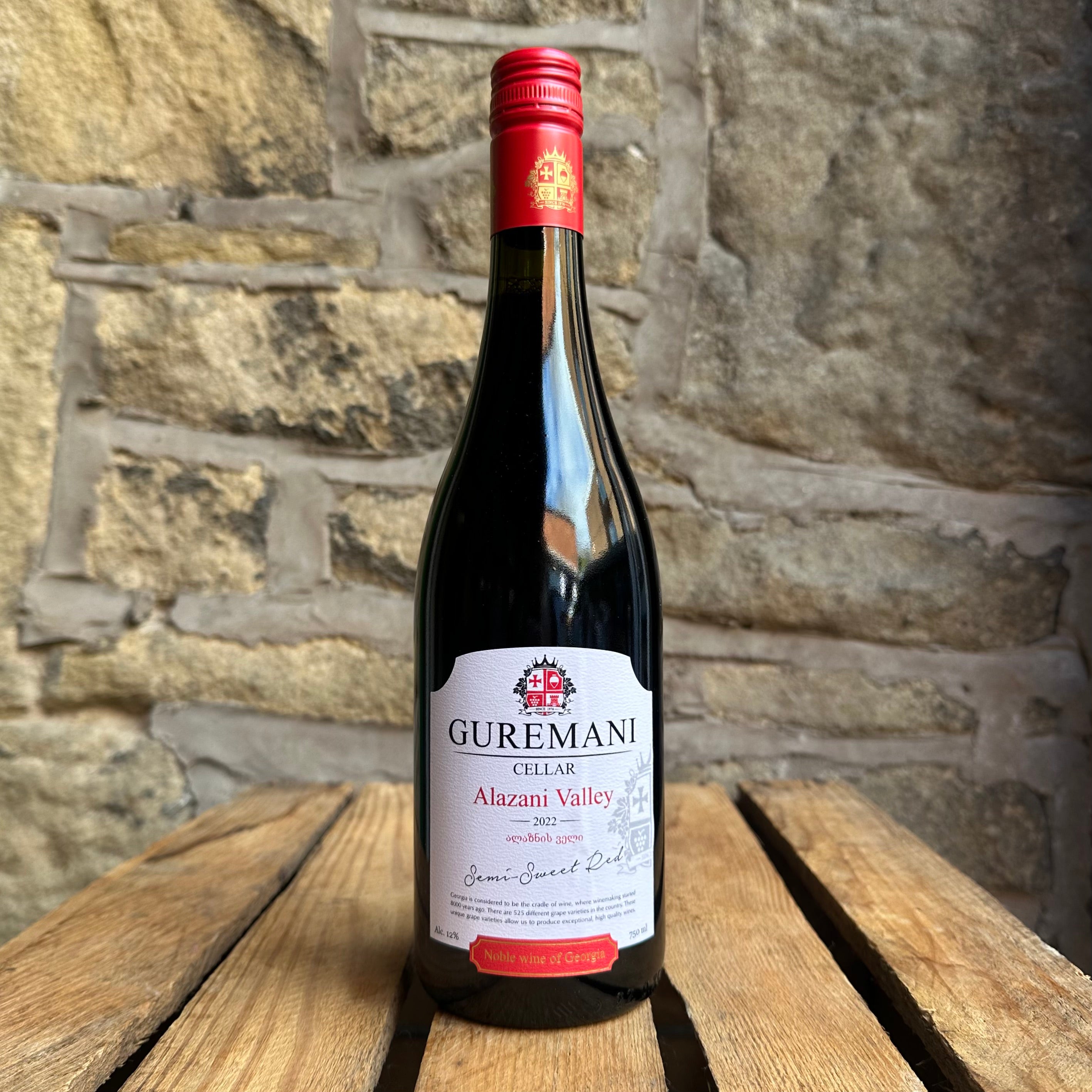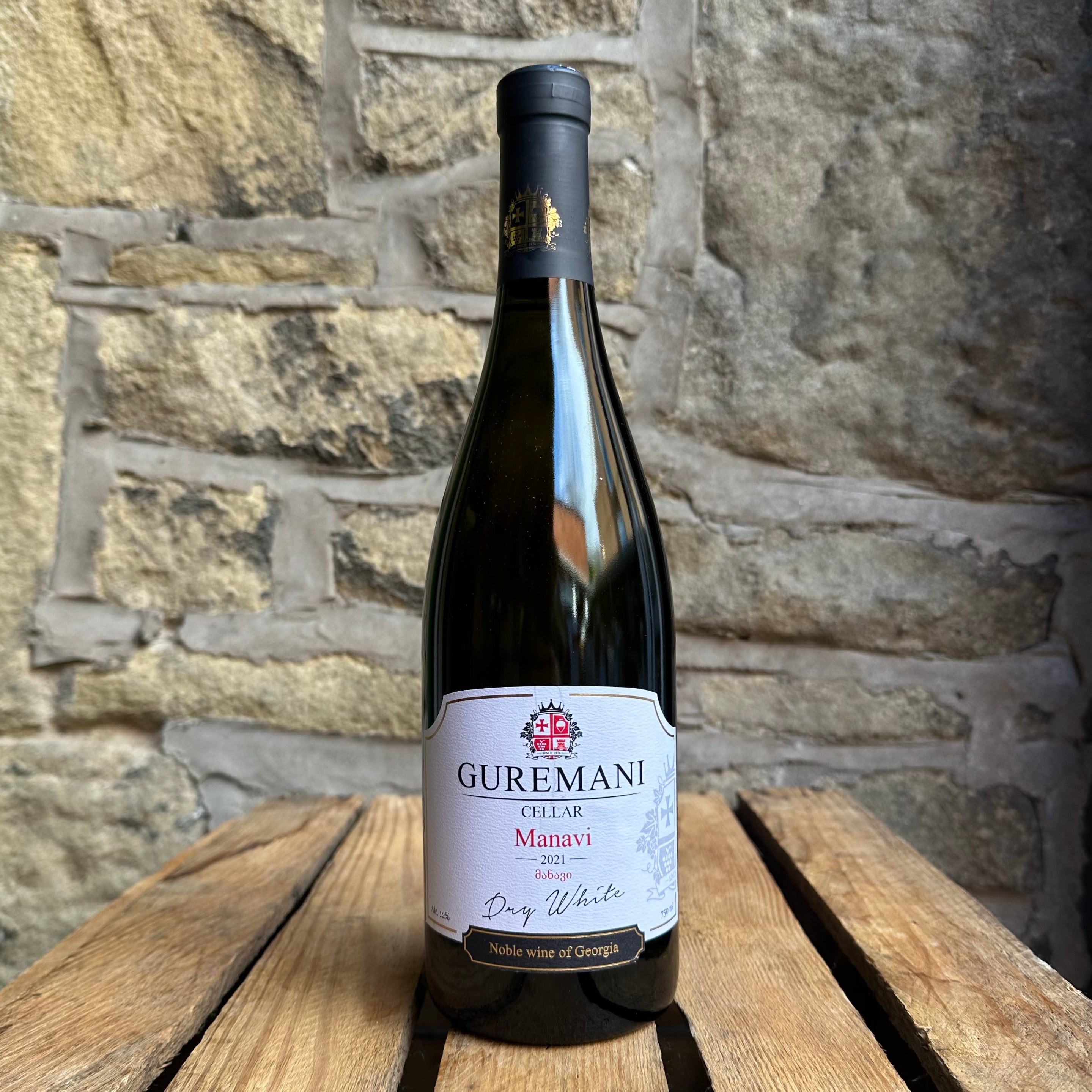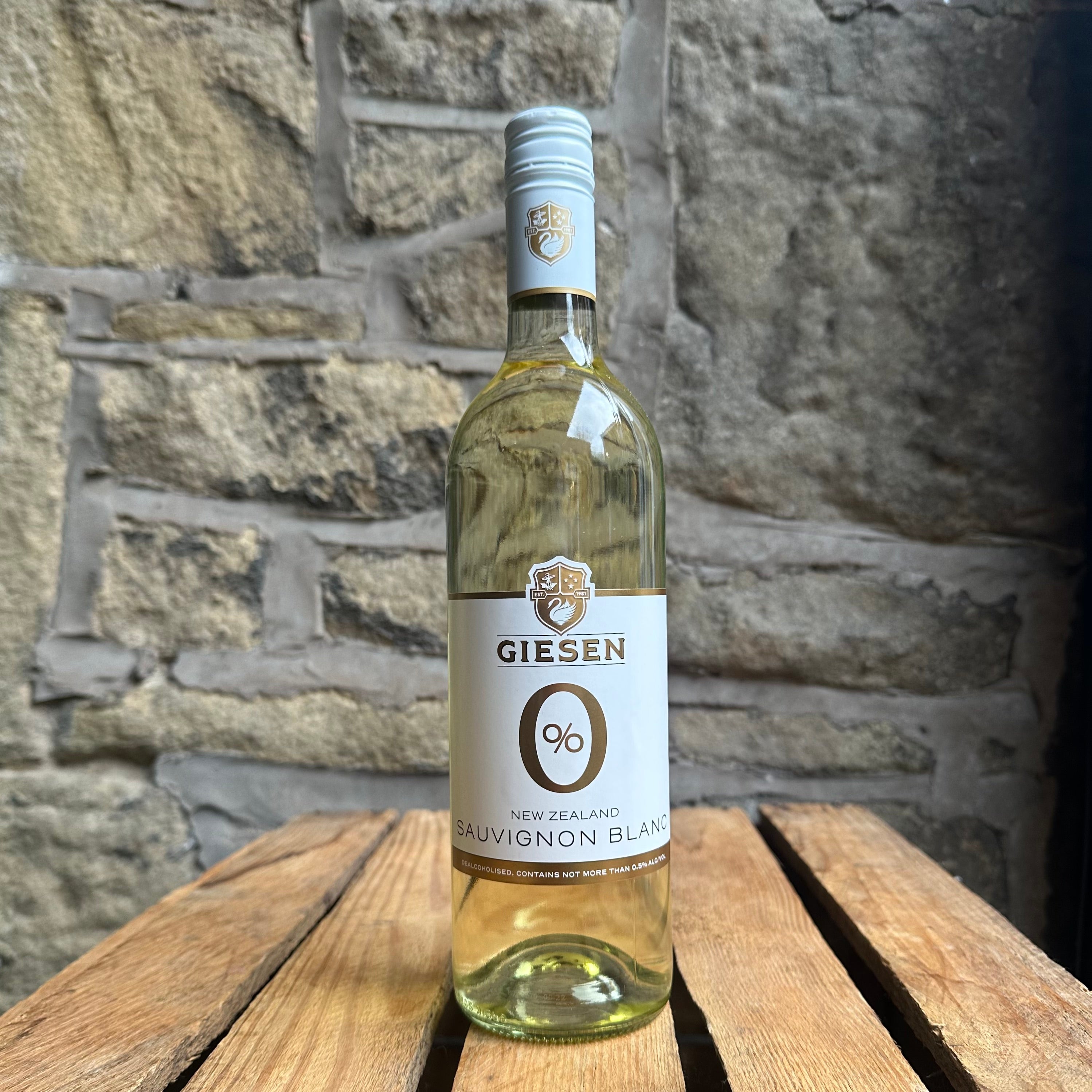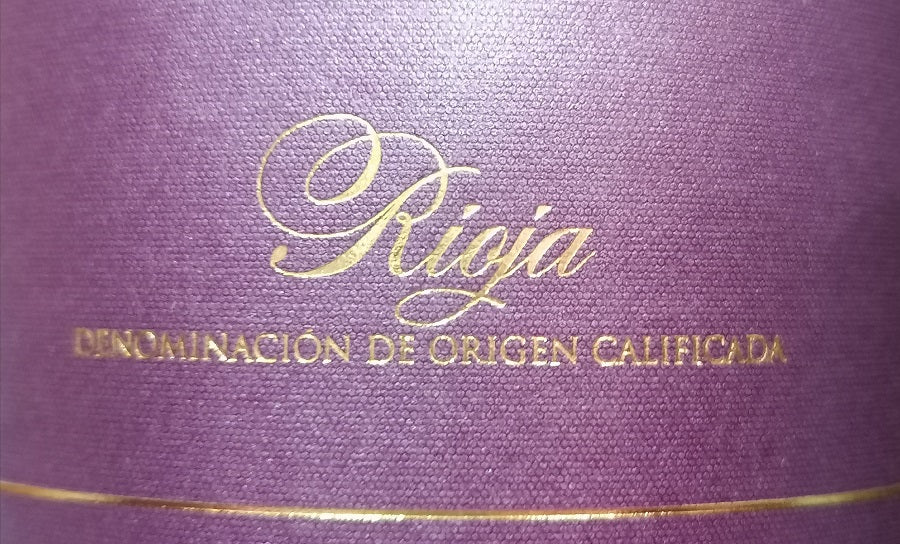
The Radiance of Rioja

A customer favourite, classic red Tempranillo-based Rioja wine has unrivalled versatility. However, Rioja can offer a much wider breadth of wine too, spanning a large area with three key sub-regions. Here we take a look at what makes a classic Rioja so special, alternative hidden gems of the region, and what to look for on the label to help you better understand your Rioja wine.
HISTORY
The Rioja region holds archaeological evidence of viticulture from over two thousand years ago. It was certainly present during Roman times and further maintained during the Middle Ages by monasteries. Production and exporting outside the region improved during the mid to late 18th century, and major transport improvements and an economic push across Europe led to heightened commercial presence by the late 19th century. This is when a confluence of methods with experts across Europe sharing knowledge, rose the bar.

The early stages of the Phylloxera crisis at the end of the 19th century destroying vines caused French developers to look south to Spain to fill the gap. Although Spain eventually succumbed to the Phylloxera crisis itself, it did provide better unity and bridges tor development during recovery in the early 20th century. France was of course the first country to establish official appellations and standards for its famous wine making regions. The reputation of Rioja still remained high, and it was finally classed as a Denominación de Origen Calificada (DOC) in 1991.
WHAT IS A RIOJA?
When referring to a Rioja wine, it usually means the classic and most famous red wine style that centres on Tempranillo grapes. Wines are permitted to have a small amount of other grapes in the blend such as Garnacha, Graciano, Carinena or Monastrell. The region's wine classification system is based on minimum ageing in barrel or bottle.
This ageing defines the potential wine profile. The Tempranillo grape produces wine showing red and black fruit such as blueberry, blackberry, red/black cherry alongside good acidity to match ripe tannins. Older wines will show more spice and complexity, such as layers of baking and oak spices, vanilla, tobacco and dried fruit. This dense fruitiness, good spice and fresh acid makes Rioja wines exceedingly versatile and a red wine that can match a wide range of dishes, including those often more suited to white wine pairing.

AGEING CLASSIFICATIONS
The Rioja wine classification system has been amended more recently to add other distinctions to both white and red wine, but the original Tempranillo-based wine classifications remain at its heart.
Gran Reserva wines must spend a minimum or 5 years ageing, with at least 2 years in barrel and 2 years in bottle before release. White and rose wines must also spend a minimum of 5 years ageing with at least 6 months in barrel. Manoso Gran Reserva is the ultimate expression, deep ruby in colour with lots of soft dried and stewed fruit, vanilla, toasty oak spice, nuances of leather and smoke on the finish.
Reserva wines must spend a minimum of 3 years ageing with at least 1 year in barrel and 6 months in bottle before rleease. White and rose wines have a minimum of 2 years ageing with at least 6 months in barrel. Manoso Reserva is a classy wine showing a good mix of black and red forest fruits, subtle vanilla, cocoa and black pepper. Perfect balance between fresh acidity and integrated, mellow tannins.
Crianza wines must spend a minimum of 2 years ageing, with at least 1 year in barrel before release. White and rose wines have no minimum ageing, but require at least 6 months in barrel. Manoso Crianza shows its lesser ageing with a brighter red garnet colour. It is all about the balance, with vanilla still present alongside cherry, redcurrant, brambles and a touch of liquorice on the finish.
Joven/Tinto wines do not hold an official classification, but will often be labelled as such to show that they are youthfully styled with no minimum ageing requirements. Manoso Joven Tinto shows this youthful vibrancy with sweet berry fruits, morello cherry and herbs on an easy-drinking palate.
OTHER RIOJA STYLES
Of course there are many Rioja wines that sit outside this system, whether it be different grape types or methods. White wines tend to be Viura-based (also called Macabeo), with permitted blending partners such as Malvasia, Garnacha Blanca, Tempranillo Blanco and Verdelho. All white wines with the Rioja label were originally blends, but the region now allows single varietal wines that are a superb reflection of quality winemaking and celebration of native grapes.
Manoso Viura celebrates this grape in an unoaked joven style for a fresh, round and easy drinking wine showing fresh peach, apricot and nectarine. Meanwhile Finca Manzanos Tempranillo Blanco takes the sister grape of Tempranillo with maturation on lees in French and American oak barrels for 4 months. Sweet notes of chamomile, peach, fine citrus and a touch of tropical fruits harmonise with creamy notes and oak spice for a show of depth and complexity.
A new classification for sparkling wines has also been added; Gran Anada. This requires wines to spend at least 3 years' ageing on fine lees. As this was introduced in 2017, it means these premium wines will begin to show on shelves very soon.
Other new points of note to look out for include wines labelled as single vineyard (vinedos singulares). This labelling not only requires single vineyard grapes, but that all harvests are done by hand and vines are at least 35 years old.
SUB-REGIONS

Rioja is a catch-all term used, but the years have shown the need to distinguish Rioja sub-regions for both producers and consumers. The sub-regions have always existed, but the differences in wine styles has not been publicised as well as it could have been. You may find more bottles distinguishing the sub-region as producers rightly lay claim to their style arising from differing terroirs and micro climates.
Rioja Alta covers the western half of the region and mostly grows Tempranillo and Mazuelo grapes. Known for producing delicate Rioja wines with good minerality and excellent ageing potential, Bodegas Tobia are an example of what can be achieved. Located in the village of Cuzcurrita de Rio Tiron, their cuvee range blends the best of their recent vintages. Bodegas Tobia Cuvee Tinto uses Tempranillo and Garnacha vintages for a bright ruby wine of creamy texture with floral violet, blackberry, blackcurrant, raspberry and strawberry. Bodegas Tobia Cuvee Blanco blends Tempranillo Blanco, Sauvignon Blanc, Chardonnay, Viura, Maturana Blanca and Garnacha Blanca vintages, some treated in new oak, some noble oak and others stainless steel. Pear, pineapple and passion fruit mingle with a citrus backbone and floral touches of orange blossom, with added honey, baking spices and vanilla before a zesty finish.
Rioja Alavesa is the smallest area in the mid-north part of Rioja and its exceptional high elevation terroir with clay-calcerous soils and an optimal micro climate means it grows a wide variety of grapes of classic red and white grapes. In similarity to Rioja Alta, red Tempranillo-based wines are often seen as the definition of Rioja with elegance, complexity and long ageing potential. The Manoso range is produced in this area by Bodegas Ruiz de Vinaspre, a local family of winegrowers whose old vineyards reach up to 100 years of age and the average of the rest more than 60 years. Sustainable and reasoned viticulture and a long tradition in the care of their vineyards produce elegant and structured wines.

Rioja Oriental (previously called Baja) is the largest area and covers the eastern half of the region. It predominantly produces Garnacha grapes alongside most other varietals, and its diversity and breadth means it does not produce a particular style. However, this is where careful consideration of label and producer information becomes most effective. Finca Manzanos are based in the heart of the area here, with vineyards of clay-limestone soil at 400m above sea level. They began small in 1890 and represent over a century of wine expertise in a renewed, accessible way, with all wines hand harvested and classed as Vegan-friendly.
Finca Manzanos Garnacha uses short 6 months ageing in 70% French and 30% American new oak for a strawberry red-coloured wine full of black fruit, violets and hints of vanilla and chocolate. Finca Manzanos Graciano goes through similar vinification for a wine of cherry red colour showing a mix of red and black fruit alongside subtle vanilla and good balance of smooth tannins and fresh acidity. Finca Manzanos Rosado shows the trend for lighter, more supple rose wines now coming out of Rioja. It perfectly blends Garnacha and Tempranillo for a clean, refreshing wine of bright strawberries, clean acidity and a long, crisp finish.
FOOD PAIRING

Classic Rioja red wines made with majority Tempranillo pair well with Spanish favourites such as tapas, pork and pork meatballs, chorizo and paella. Lamb is always a good partner whether on its own or in a hotpot, stew or minced dishes. The spice of barbecue cuisine, chilli con carne and burritos also fairs well, with mature, strong hard cheeses also a favourite. The general rule is to pair your Rioja red with the level of complexity and strength of flavour of your meal, with milder dishes suiting youthful wines, and strong flavours matching older.
It is a similar story for pairing white wines. Youthful whites will suit classic shellfish, lighter fish, garlic dishes and salads. Oak ageing will lend to more flavourful stewed or roasted fish, lobster, paellas and fish-based tapas. For some grapes, a touch of oak can create a whole new world of pairing options.
Akemi Viura shows this diversity of Rioja's favourite white grape. Exceptional and unique, it was created especially for Rioja award-winning chef Felix Jimenez for his Japanese/Riojan fusion dishes. Subtle oaking brings a complexity and tropical element to the mineral refreshment and floral notes of Viura. Layered tropical fruit, soft grapefruit, subtle pepper and blossom hints on a creamy palate make it perfect to pair with Thai green curries, spiced noodle dishes, sushi and sashimi, fish-rice dishes from East and South East Asia, or milder creamy South Asian curries.




